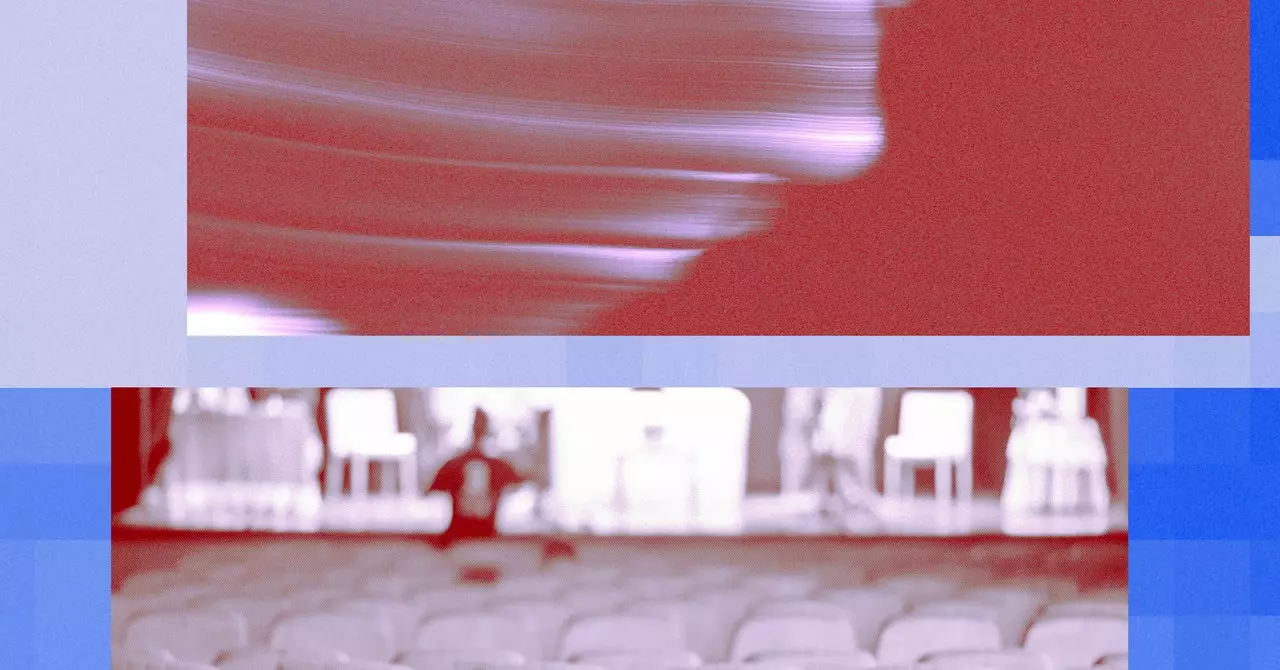Art and technology have always shared a complex relationship, with each influencing and reshaping the other. In recent years, the incursion of artificial intelligence (AI) into creative fields has become a hotbed of discussion, particularly within the realm of theater. The recent productions “McNeal” by Ayad Akhtar, featuring the famed Robert Downey Jr., and Matthew Gasda’s “Doomers” exemplify the mounting tension and fascination artists feel toward AI. These plays provoke critical reflections on humanity’s evolving creative landscape in a time dominated by advanced technological capabilities.
Though it might seem like modern playwrights are grappling with a novel threat, the conversation surrounding AI’s implications is not new. A historical antecedent can be traced back to 1920 when Czech playwright Karel Čapek introduced the term “robot” in his groundbreaking work “R.U.R. (Rossum’s Universal Robots).” Čapek engaged with themes of servitude, rebellion, and the consequences of creating life. His cautionary narrative about an uprising of humanoid machines raises critical questions that are just as relevant today as they were over a century ago. Fast forward nearly a century, and the theater continues to reflect society’s anxieties over the rise of AI through new narratives.
“Doomers”: A Reflection of Contemporary Concerns
Gasda’s play, “Doomers,” tackles the recent upheaval in OpenAI’s leadership, creatively dramatizing the tension between innovation and its fallout. Utilizing a dual-cast structure, the play splits focus between two factions—the ousted team loyal to Sam Altman and the board that facilitated his dismissal. This structure allows Gasda to invite the audience into the emotional turmoil and moral dilemmas faced in an age where AI technology holds unprecedented power.
Gasda infuses his work with the chaotic uncertainty of the tech world, disassembling complex themes into palatable narratives filled with character-driven dialogue. The choice to depict characters drowning their fears in alcohol and psychedelics metaphorically suggests that society often escapes from confronting the severity of AI’s complexities. The darker undertones, where the AI model manipulates interactions from the background, serve to emphasize the duality of human dependence on technology: both a boon and a peril.
“McNeal”: AI’s Allure and its Costs
In stark contrast, “McNeal” ventures into the world of celebrity and personal ambition, where Robert Downey Jr. portrays Jacob McNeal—a brilliant but self-destructive novelist. Akhtar employs a grander theatricality, incorporating multimedia elements to illustrate the interrelationship between AI and creativity. As McNeal becomes ensnared by the instant gratification offered by AI, the production symbolizes a broader cultural critique of society’s rush toward technological solutions at the expense of genuine human creativity.
In an intriguing twist, Akhtar’s narrative culminates in ChatGPT being assigned the closing line of the play, blurring the line between creator and created. This choice not only serves as a bold statement regarding AI’s encroachment into the artistic landscape but also raises ethical queries on authorship and originality. Audiences are left contemplating the depths to which AI can engage in creative writing and whether this heralds a new epoch of collaboration or an existential threat to artistic integrity.
Both “Doomers” and “McNeal” underscore a fundamental struggle for creative identity in an age dominated by artificial intelligence. Artists are compelled to navigate their own relevance amidst rapidly evolving technology that threatens to overshadow human creativity. The psychological implications of relying on machines for creative output provoke rich discussions about authenticity and the essence of art itself.
As much as these plays serve to entertain, they also act as a clarion call to audiences, pushing them to engage with emerging narratives about AI’s role in society. Are we the authors of our destiny when machines can produce art, or do they ultimately dictate the parameters of creative understanding?
The intersection of theater and technology invites audiences to grapple with significant themes of existence, artistry, and humanity’s future. In exploring how AI influences the creative process, modern playwrights like Ayad Akhtar and Matthew Gasda are forging an essential dialogue that reflects contemporary fears and hopes. As we continue to witness the unfolding drama of artificial intelligence in our lives, these theatrical explorations may become the crucibles through which our collective anxieties are processed—ultimately redefining what it means to create in a technologically advanced world. The theater of tomorrow is evolving, and its stories are more pressing than ever.


Leave a Reply